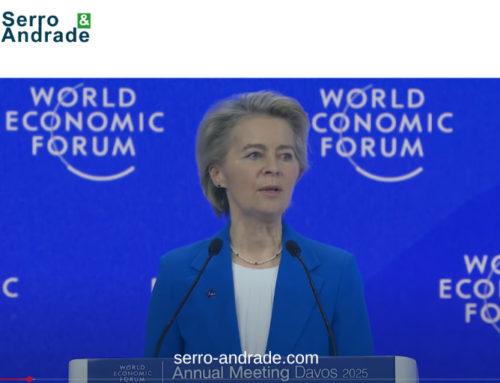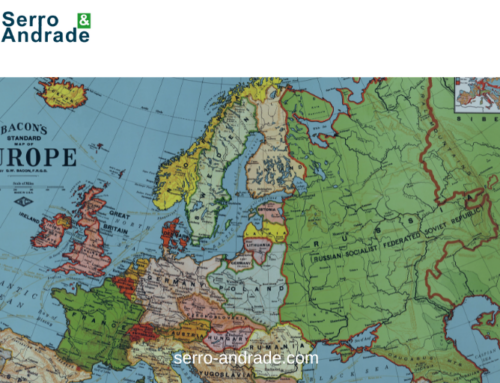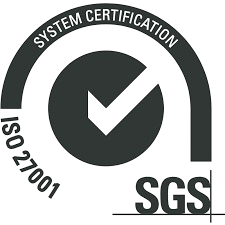Meal Allowance Paid via Card: A Practical and Advantageous Alternative
Did you know that the meal allowance paid via card is a practical and advantageous alternative? The meal allowance is one of the most common benefits offered by companies to their employees, intended to cover daily meal expenses. In recent years, many companies have opted to pay this allowance via card rather than including it directly in the salary. This payment method offers several advantages for both companies and employees.
What is the Meal Allowance via Card?
The meal allowance can be paid in various forms, with the prepaid card method gaining popularity. In this format, companies load the employee's card monthly with the corresponding allowance, which can be used in restaurants, cafés, and supermarkets to pay for meals or food products.
Advantages for Companies
For companies, paying the meal allowance via card provides tax benefits, as the amount is exempt from Social Security and IRS (personal income tax) contributions up to a certain limit. Currently, the exemption limit for meal allowance paid via card is 9.60 euros per day (according to the 2023 State Budget). Above this amount, the difference is taxed as employee income.
In addition to reducing payroll costs, this method simplifies internal management, avoiding the need to include the meal allowance directly in the payroll, thus streamlining the administrative process.
Benefits for Employees
Employees receiving the meal allowance via card also enjoy significant benefits. Since the amount up to the legal limit of 9.60 euros per day is tax-exempt, workers receive the full amount without deductions for IRS or Social Security, increasing their purchasing power.
The card also offers flexibility in usage, as it can be used in various establishments that accept this type of payment, including restaurants and supermarkets. This versatility makes the benefit even more attractive, allowing employees to manage their food expenses more efficiently.
Fiscal Exemption Limits and Legislative Reference
The exemption limit for meal allowance paid via card is regulated by Article 2, no. 3, paragraph b) of Decree-Law no. 26/2019, along with annual updates defined in the State Budget. For 2023, the limit is 9.60 euros per day. If the amount exceeds this limit, the excess is taxed as employment income, subject to IRS and Social Security contributions.
Conclusion
The meal allowance paid via card offers numerous fiscal and operational advantages for both companies and employees. By being tax-exempt up to the established limit, companies can reduce tax burdens, while employees enjoy a larger net amount for their daily expenses. With the flexibility of card usage, this option becomes increasingly attractive, promoting efficiency and satisfaction among employers and employees.
The role of Serro & Andrade
At Serro & Andrade, we closely monitor changes in the tax system and are ready to help companies comply with these new requirements. With an experienced team in consulting and accounting, we assist our clients in adapting to new tax realities, such as the 15% minimum tax for multinationals.
If your company is affected by these new rules or if you want to understand how this measure could impact your operations, contact us. We offer specialized consulting to ensure your fiscal obligations are met efficiently and securely.






